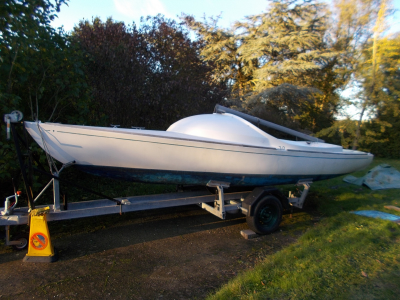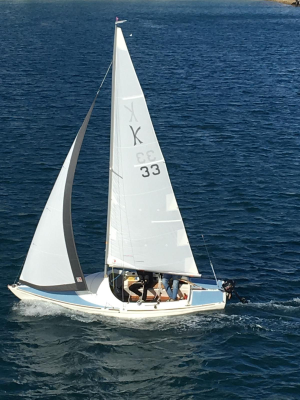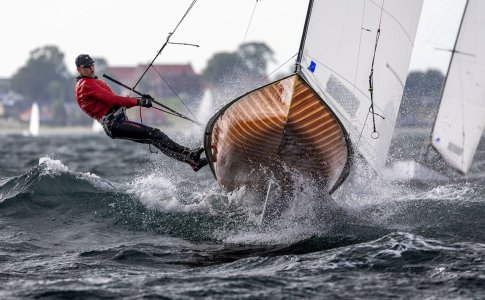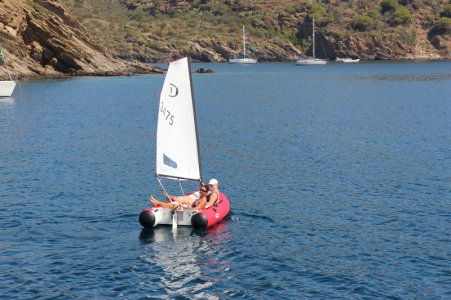ylop
Well-Known Member
plenty of people sailing small boats without racing so that will be easy to find something suitable. One thing to be aware of - the sweet spot of “when there is little wind”, rather than too much or none at all can be very frustrating - the width of that windows depends on the boat design, your skill/experience and where in the world you are.I think we should be clear we have absolutly no intention of racing. The intention is to poodle about when there is little wind.
If you actually learn to sail, you’ll discover that’s not really the solution. An engine can be useful for when the wind disappears. It is an approach people seem to use on larger yachts - only bothering with sails when everything is perfect, by the time you are good enough at sailing to bring the sails down in conditions where you might be regretting going out, without getting in a total mess, you are probably good enough at getting back with the sails (albeit reefed) without needing to hang off the back getting an outboard into position or the prop coming out the water on every wave. Again a drascombe type boat where the outboard is in a well may be better for this.If the wind got up the sails would come down on the engine would come on.
I think people just want you to understand the difference between typical small dinghies designed for performance and manoeuvrability on shore versus other boats which are more stable.The whole tipping over thing to be honest is totally putting us of or has already done so.
Theres loads of them. But small sail isn’t going to work in “ little wind” so you need to go and try some to work out what you actually want otherwise you’ll be buying the thing someone else wants rid of. But if you just want to give it a go - don’t rush out to buy one - many clubs running come and try sessions, and lots of training centres will have some sort of 1 day introduction stuff. But I think you both need to go and experience heeling on a small sailing vessel to decide if you like it. That aspect of “tipping over” is innevitable - it’s just the laws of physics, some people hate it even although there is no chance of that boat capsizing. What I’m pretty certain of, is regardless of which boat you buy, if you get no training and learn by YouTube/trial and error/books. You will spend a lot more time tipping over (even if not all the way) until you learn how to control the power in the sails etc.We just want a small sailing boat to give it a go. No cabin, No racing, small sail, Such a creature must exist somewhere




